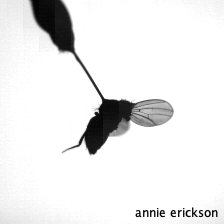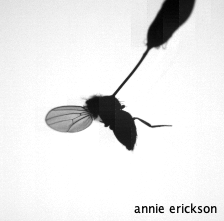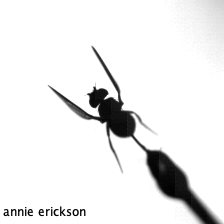Descending control of flight
discovering the neural circuits underlying flight control
You may be asking why fruit flies? Why flight? Flies have a remarkably tractable nervous system- we can genetically isolate single neurons in the brain and image, activate, or silence these neurons. And now, we also have access to the recently released full connectome of every synapse in the brain and ventral nerve cord.
Given that we know the circuit components, connections, and possess the tools to record and manipulate these components, we have a unique opportunitity to study the circuit computations of complex systems.
Fruit flies also fly! Flying requires a unique set of controls wholly unfamiliar to animals stuck to the ground by gravity. We can use our tools for quantitative behavioral and circcuit analysis to study how animals control their locomotion in 3D space.
Flies execute impressive aerial maneuvers in only tens of milliseconds with remarkably subtle changes to wing motion. This behavior requires a nervous system that can process and send sensory information to downstream motor effectors rapidly and efficiently. I study a specific class of neurons called descending neurons which–although relatively few in number–are solely responsible for the transmission of information from the brain to the appropriate flight motor centers in the ventral nerve cord. In order to study the descending control of flight, I use optogenetics to activate specific classes of descending neurons while measuring the resulting changes in wing kinematics as captured by three high-speed videos.



We can precisely measure the changes in wing motion induced by optogenetic activation using a pipeline of convolutional neural networks and optimization for markerless 3D pose estimation. To then predict how these changes in wing motion translate to aerodynamic effects, we replay these same wing kinematics on a dynamically scaled robotic model of the fly wing and measure the resulting forces and torques generated by the wing motion.
Finally, in order to record the real-time, natural neural activity of descending neurons, we image these cells using a two-photon microscope while flies fly in a simulated flight arena with visual stimuli presentation. This suite of techniques allow us to trace the neural circuits underlying flight from the sensory to motor periphery.